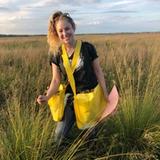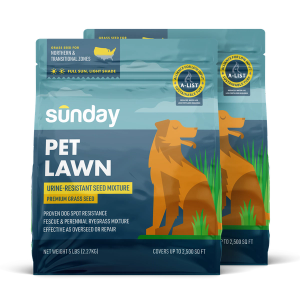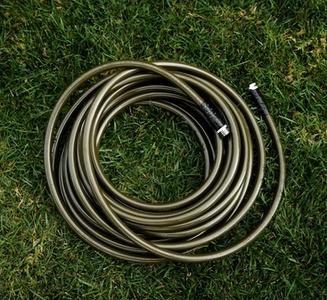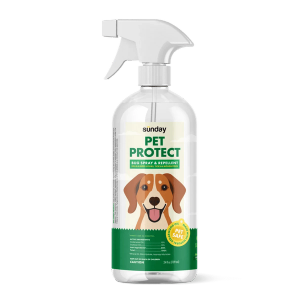Why make your own hummingbird nectar?
With just two ingredients—water and sugar—your backyard can become a more bird-friendly place for hummingbirds. It’s easy to make, keeps nectar-loving birds safe from harmful dyes and bacteria, and is the most cost-effective bird feed on the market.
Why is red dye harmful to hummingbirds?
When it comes to feeding hummingbirds, one of the biggest debates is whether or not to dye your nectar. The simple answer is: Do not add red dye.
Expert birders and the Cornell Lab of Ornithology all strongly recommend against the use. Why? Red dye has not been proven safe and anecdotally, has been observed as a source of disease and mortality in hummingbirds.
Will my feeder still attract birds without red dye?
You’ve probably seen a typical hummingbird feeder. If not, here’s one to admire.
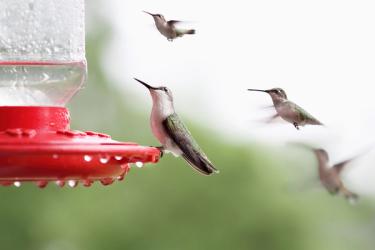
Notice the red coloration near the feeding ports? This is intentional. Hummingbirds are attracted to the red base—just like they are attracted to red flowers. This is why you don't need additional red coloring in your nectar when making it from scratch—it’s already built into your feeder!
Hummingbird nectar recipe
What you’ll need
- 1 cup refined white sugar*
- 4 cups of water
- Mixing bowl
- Spoon
- Storage container
*Never substitute honey or any other sugar—it can be potentially harmful to hummingbirds.
Step-by-step instructions
- Measure 1 cup sugar and 4 cups water.
- Pour the sugar into the mixing bowl. Boil the water separately.
- Add boiling water to the mixing bowl with the sugar and stir.
- Allow mixture to cool. Fill the feeder and store the remaining mixture in a storage container in the refrigerator.
- Place feeders in the shade and away from windows. This helps avoid fermentation of the nectar and harmful collisions for birds.
- Refill two times per week and rinse three times before each refill. Refill before sugar mixtures become cloudy and more often during hot weather.
- Clean feeders at least once a week with a 1:4 solution of white vinegar and water.
- Repeat all season long!
Sunday Tip:
Place your hummingbird feeders at least two weeks before spring migration kicks off and leave feeders up at least two weeks after fall migration slows down to support hummingbirds during times when they need extra foraging support.
Feeding tips for hummingbirds
- You will need to refill and clean the feeder often. Forgetting to do this is easy, but setting a reminder can help!
- Hummingbirds are territorial. If you see that you have many hummingbird visitors, place multiple feeders to avoid one hummingbird dominating your lone feeder.
- It’s great to have a nectar feeder to support hummingbirds, and even better to add water sources, bird-friendly plants, and habitats for them to utilize.
Cited sources
Feeding Hummingbirds: The dangers of red dye. Sheri L. Williamson.
How to Attract Hummingbirds. Mississippi State University Extension.
How to Create a Hummingbird-Friendly Yard. National Audubon Society.
How to Make Hummingbird Nectar. National Audubon Society.
Hummingbird Feeders. Penn State University Extension.
Hummingbird Nectar Recipe. Smithsonian Migratory Bird Center.
Should I use red food coloring in hummingbird food? Cornell Lab of Ornithology.


